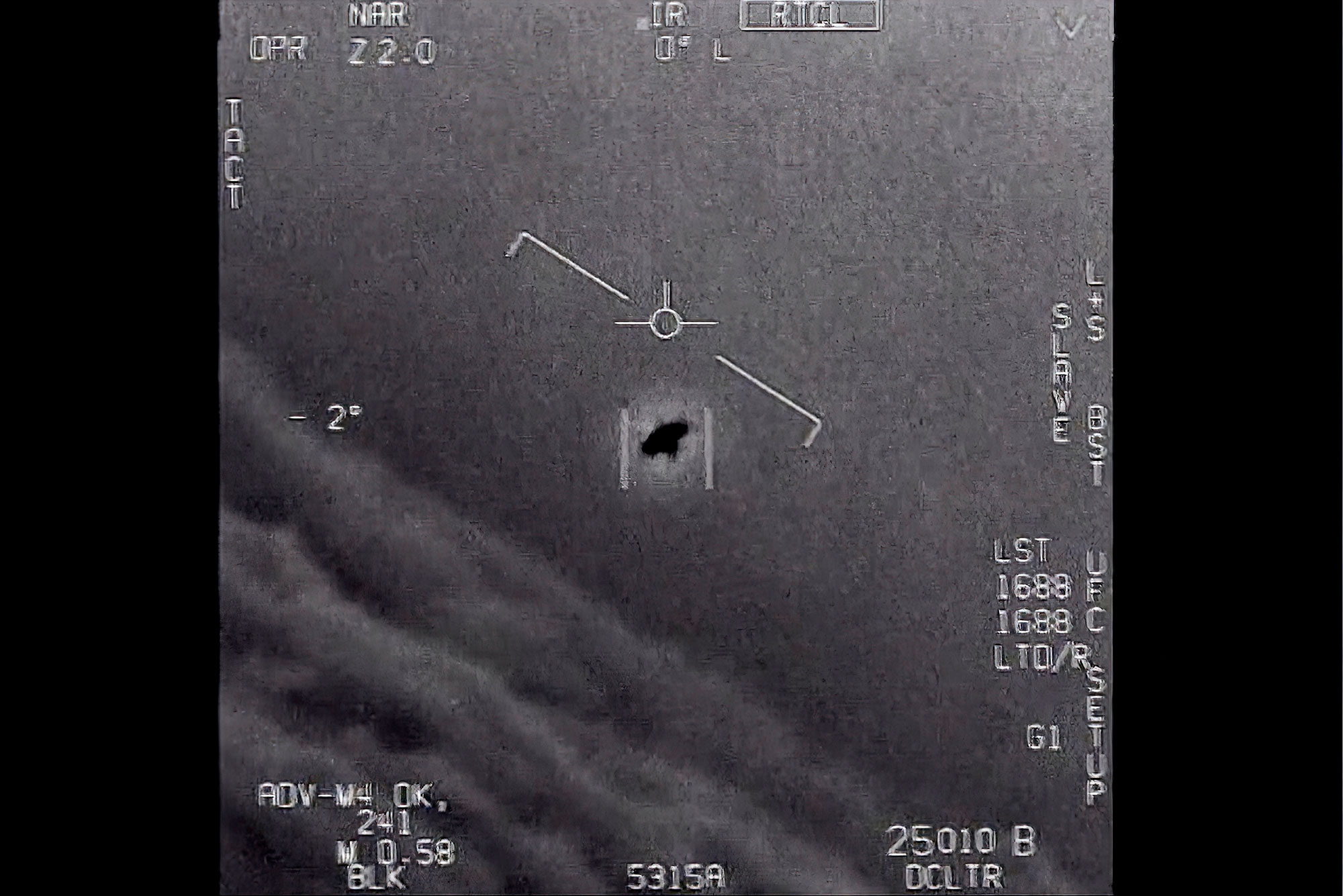It's not a bird or a plane, but there are objects in the sky that we can't quite explain. Fascination with unidentified flying objects was reignited last year with the release of the US government's first UFO report; an updated defense-intelligence report was due last month.
Despite popular images of flying saucers crashing through trees or little ETs turning up Earthside, one of the challenges with UFOs-now officially called unidentified aerial phenomena, or UAP-is that we can't clearly see the objects in question and haven't been able to properly study them.
"One of the problems is that the instruments used to record these things were not designed for this purpose whatsoever," says Joshua Semeter, a Boston University College of Engineering professor of electrical and computer engineering and director of BU's Center for Space Physics. Many UAP sightings come from Navy pilots, who have the technology to shoot objects down, not take a high-resolution picture, he explains. Semeter has been appointed to a NASA team charged with studying UAPs and creating a roadmap to better observe, study, and ultimately identify the phenomena.
Even though UFOs are not believed to be extraterrestrial, it's enticing to imagine that maybe, just maybe, there's more we can't explain. Officials say the most likely explanation for UAP sightings are surveillance operations by foreign powers or weather balloons-but most documented accounts remain unexplained.
"It excites the imagination," says Semeter. His research focuses on the ionosphere-the layer of the atmosphere that interacts with solar wind and the magnetic field of Earth, creating phenomena like the aurora borealis. He also looks at other atmosphere and ionosphere events, such as how the ionosphere interferes with GPS signaling. Semeter's speciality of using sensors and atmospheric signals to better understand the environment makes him well suited for the job of uncovering UAP mysteries.

He and the NASA team of 16 aerial-space experts first convened in late October and, over the course of nine months, will figure out the best available tools and techniques for investigating the origin of UAPs. They will use existing data and declassified footage from a range of government departments, commercial data, and other sources to make recommendations. Their full report is expected by mid-2023, according to NASA.
The Brink spoke to Semeter about the task ahead, how his research on the ionosphere is related to UAPs, and what he hopes the NASA-assembled team will accomplish.






